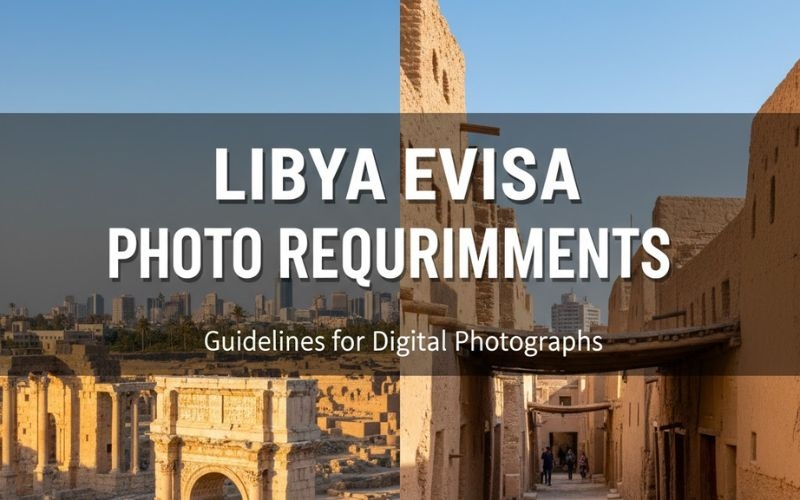
Planning to explore the stunning deserts, historical ruins, and warm hospitality of Libya? Before you dive into the country’s charm, there’s one essential step every traveler must complete — the Libya eVisa. And one crucial part of this process that many overlook is the Libya eVisa Photo Requirements.
Getting your photo right isn’t just a minor detail; it’s the key to ensuring your application moves smoothly and without delay. In this guide, I’ll walk you through everything — from the exact photo specifications to tips on taking the perfect shot, all explained in a simple, traveler-friendly way.
What Is the Libya eVisa?
The Libya eVisa is an online travel permit that allows visitors to enter the country without the need for long paperwork or visits to physical offices. It’s a convenient way for tourists and business travelers to get authorization before their trip.
This digital travel document simplifies the process and ensures you can start your Libyan adventure stress-free. Whether you’re visiting the Roman ruins of Leptis Magna, exploring Tripoli’s vibrant streets, or discovering the vast Sahara dunes, getting your eVisa approved is the first step — and your photo plays a vital role in that.
Why the Photo Matters for Your Libya eVisa
When applying for the Libya eVisa, the photo you upload acts as your digital identity. It helps verify who you are and ensures your appearance matches the information in your passport. A small mistake in your photo — wrong background, blurry image, shadows, or incorrect dimensions — could result in a rejection or delay.
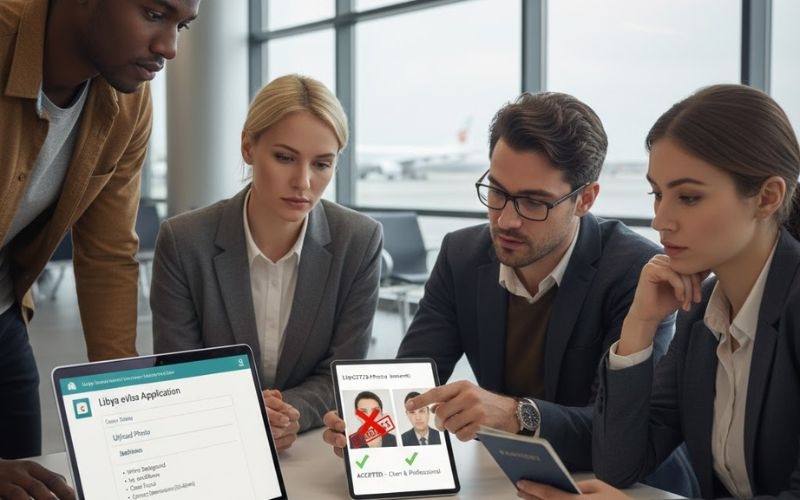
That’s why it’s essential to understand the Libya eVisa Photo Requirements thoroughly and follow them carefully. Think of your photo as your passport’s companion — both must look clear, professional, and accurate.
Libya eVisa Photo Requirements: Detailed Specifications
Let’s break down what you need to know before submitting your picture for the Libya eVisa.

1. Background and Size
The background should be plain and light-colored, preferably white or light grey.
Avoid any patterns, shadows, or textures behind you.
The recommended size is approximately 40 x 60 mm (or a similar digital ratio).
Your face should occupy 70–80% of the frame, showing your head and upper shoulders clearly.
2. Photo Quality
The photo must be recent, taken within the last six months.
It should be in full color — not black and white.
The image should be clear, high-resolution, and free from blurriness or grain.
Avoid filters, excessive brightness, or editing software adjustments.
Lighting must be even, with no shadows on your face or the background.
3. Facial Expression and Pose
Look straight into the camera with a neutral expression.
Keep your mouth closed and eyes open.
Do not tilt or turn your head; your face should be centered and fully visible.
Hair should not cover your eyes or eyebrows.
4. Attire and Accessories
Avoid wearing white or very light-colored clothing that blends into the background.
No uniforms or clothing with logos.
Avoid hats or caps unless worn for religious reasons. In such cases, your entire face must still be visible.
Remove glasses if they cause glare or reflection; tinted or dark glasses are not accepted.
Minimal jewelry is fine as long as it doesn’t cover facial features.
5. Children and Infant Photos
If applying for a child’s Libya eVisa, the same photo standards apply:
The child must be alone in the picture (no hands or toys visible).
The background should remain plain.
The child’s eyes should be open and facing the camera if possible.
Following these details ensures your Libya eVisa photo is accepted without issue.
How to Take a Perfect Photo for Your Libya eVisa
You don’t need a professional studio — a clean wall and good lighting can do wonders. Follow these easy steps:
Choose a bright area with natural light to avoid harsh shadows.
Stand one step away from the wall to prevent background shadows.
Ask someone to take the photo rather than using a selfie mode for better alignment.
Keep a neutral expression, facing directly forward.
Check for clarity before uploading — the photo should be sharp and evenly lit.
Avoid digital zoom or filters; natural, clear photos are best.
Save the file in a common format like JPEG or PNG.
Resize if necessary based on upload specifications, ensuring it remains high quality.
Name your file clearly (for example, “PassportPhoto_FirstNameLastName”).
Keep a backup copy of your approved photo for future use.
These small steps can make a big difference in how smoothly your application goes.
Common Mistakes to Avoid
Many travelers get their eVisa photo rejected because of minor errors. Here are some pitfalls to watch out for:
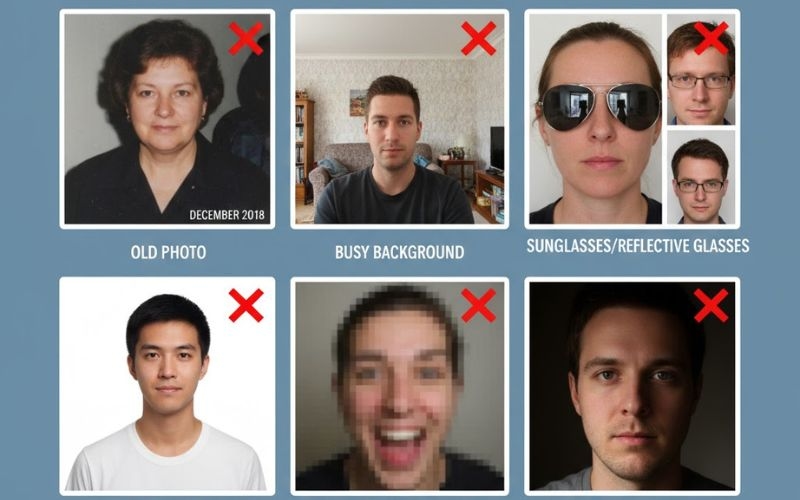
Using photos older than six months.
Backgrounds with patterns, furniture, or colors other than white or grey.
Wearing sunglasses or reflective glasses.
Smiling too broadly or making expressions other than neutral.
Submitting pixelated or compressed photos.
Shadows on the background or uneven lighting.
Wearing clothing that blends with the background color.
Double-checking your photo before submitting can save days or even weeks of processing delays.
Step-by-Step: Uploading Your Photo During the Libya eVisa Application
When you reach the photo upload stage of your Libya eVisa application, follow these tips:
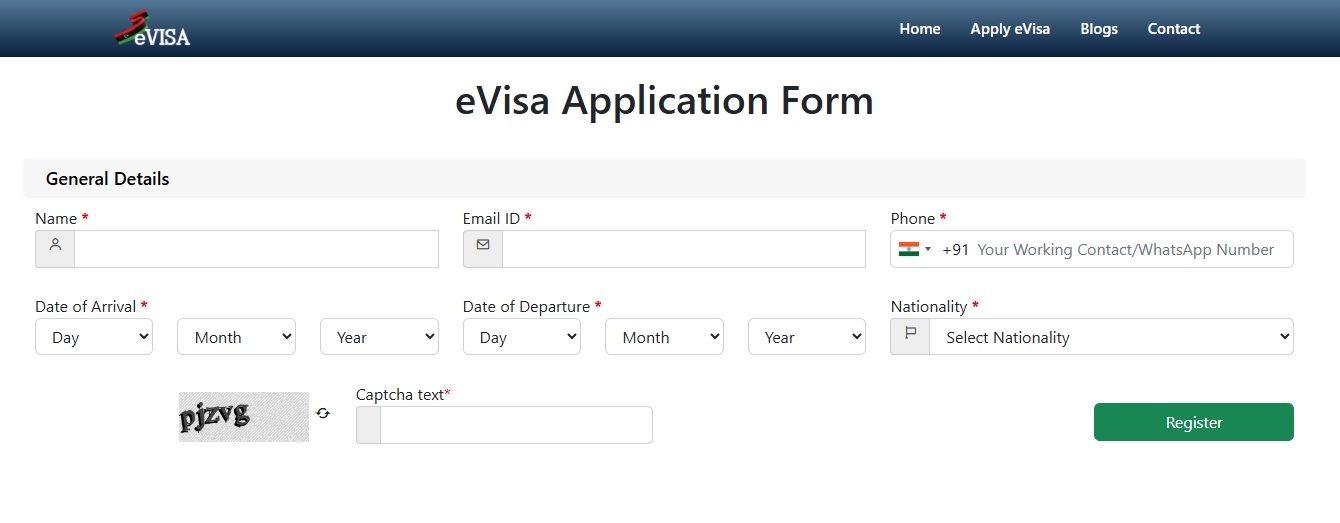
Make sure your file meets the required format and size.
Preview the uploaded photo — ensure it isn’t stretched or cropped incorrectly.
Compare it with your passport to ensure both photos represent you accurately.
If possible, use the same photo used in your passport for consistency.
Submit the application only after verifying that your photo displays correctly.
This small verification step can make the difference between a quick approval and a frustrating delay.
Understanding the Libya eVisa Types
There are several Libya eVisa types, each designed for different travel purposes. While the photo requirements are consistent for all, knowing your visa type helps ensure you provide the right documents.
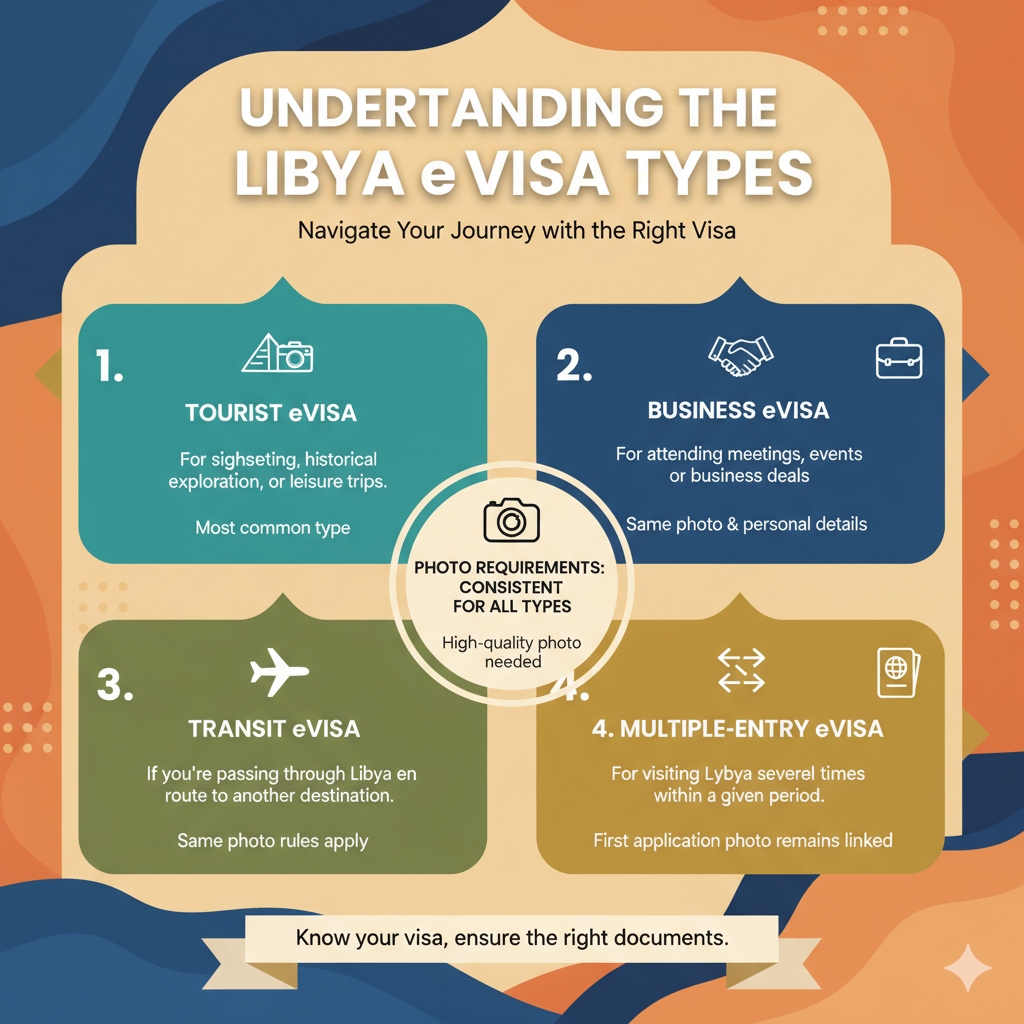
1. Tourist eVisa:
For those visiting Libya for sightseeing, historical exploration, or leisure trips. This is the most common type for travelers.
2. Business eVisa:
For travelers attending meetings, events, or business deals. You’ll still need the same high-quality photo and personal details.
3. Transit eVisa:
If you’re passing through Libya en route to another destination, this type applies. The same photo rules hold true.
4. Multiple-Entry eVisa:
Ideal for travelers who plan to visit Libya several times within a given period. The photo uploaded during your first application remains linked to your profile for identity consistency.
Regardless of your travel reason, ensuring your photo meets the Libya eVisa photo standards is essential for approval.
Checklist: Before Submitting Your Libya eVisa Photo
Here’s a final checklist to make sure everything is perfect:
✅ Background is plain white or light grey
✅ No shadows, patterns, or textures
✅ Face is centered and fully visible
✅ Neutral expression with eyes open
✅ High-resolution, color image
✅ Recent photo (within 6 months)
✅ No headwear (unless religious)
✅ File size and format accepted
✅ Backup copy saved
Ticking all these boxes ensures your eVisa photo stands out for all the right reasons.
What Happens After Submission
Once your photo and application are submitted, your details will be reviewed digitally. If everything is in order, your eVisa will be processed within the specified timeframe.
After approval:
Keep a digital copy of your eVisa and photo on your phone or email.
Print a copy to carry with your passport when traveling.
Ensure your passport is valid for at least six months from your planned arrival date.
During your journey, authorities may cross-check your photo and passport, so having accurate and matching images helps avoid confusion.
Travel Advice for a Smooth Libya Trip
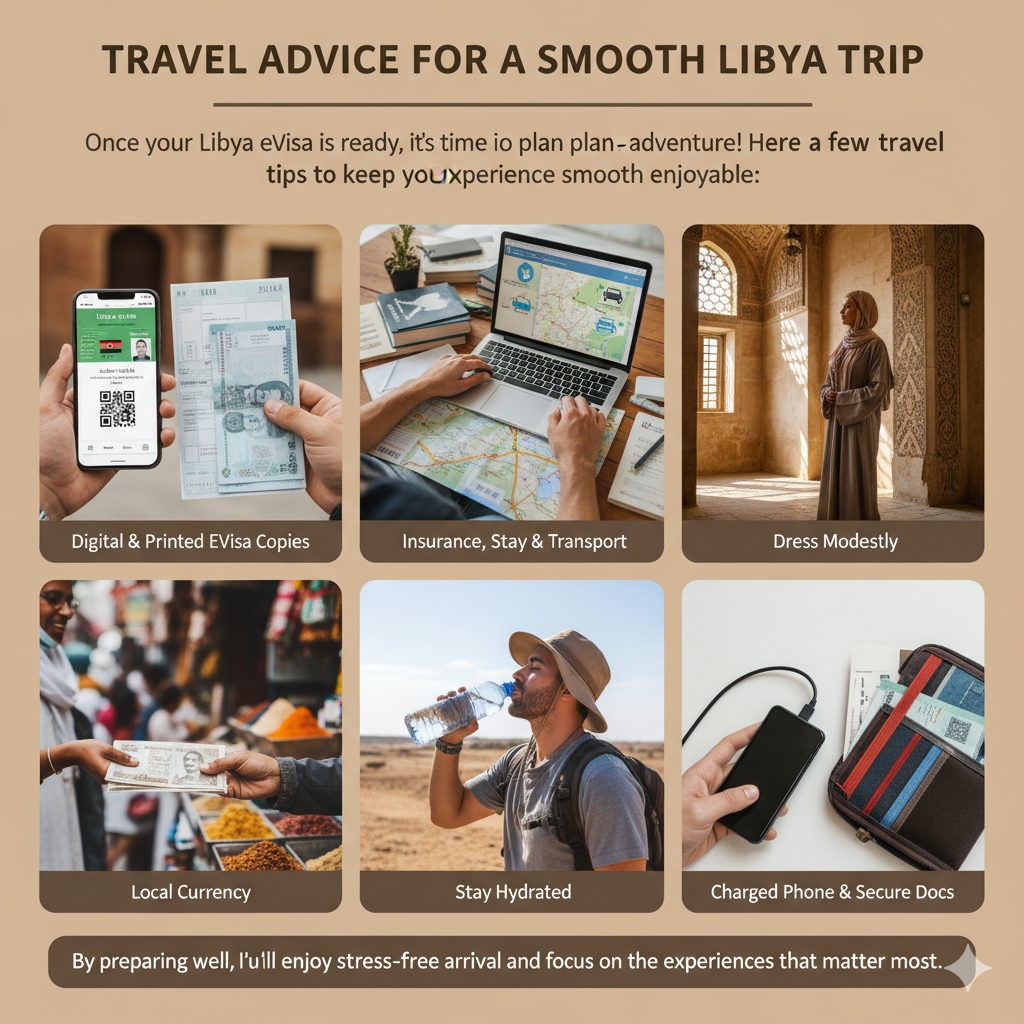
Once your Libya eVisa is ready, it’s time to plan your adventure!
Here are a few travel tips to keep your experience smooth and enjoyable:
Keep both digital and printed copies of your eVisa and passport photo.
Check your travel insurance, accommodation details, and transportation in advance.
Dress modestly and respectfully when visiting cultural or religious sites.
Carry local currency for small purchases and tipping.
Stay hydrated — Libya’s climate can be quite warm.
Always keep your phone charged and store your travel documents securely.
By preparing well, you’ll enjoy a stress-free arrival and focus on the experiences that matter most.
Final Thoughts
Although it may seem like a small step, taking a good photo is one of the most important steps in the Libya eVisa application process. A flawless photo guarantees that your identity is obvious and facilitates the processing of your application.
Every little element, from posture to lighting, background color to facial expression, adds to a hassle-free experience. You will be prepared to enter Libya's fascinating world of culture, history, and adventure as soon as your eVisa is granted. So snap that picture, check everything again, and prepare for your trip!
Frequently Asked Questions (FAQ)
Q1. Is a color photo required for my Libya eVisa?
Yes, the image needs to have natural tones and be in full color. Images in black and white are not allowed.
Q2. Is it okay for me to wear glasses in my picture?
If your glasses reflect light or cover your eyes, stay away from them. Dark or tinted lenses are prohibited.
Q3. Is it okay for me to take pictures at home?
Indeed! As long as the background and lighting conditions are suitable, a high-quality smartphone or camera will function well.
Q4. How recent ought my picture to be?
To capture your current look, your photo should have been taken within the last six months.
Q5. Is it okay for me to smile in my picture?
No frowning, raising of the eyebrows, or smiling is acceptable.
Q6. Is it acceptable to cover your head?
Yes, but only if your entire face is still visible and for religious or cultural reasons.
Q7. What occurs if my photo isn't up to par?
It's possible that your eVisa application will be denied or delayed. Correcting and uploading a compliant photo again is the best course of action.
Q8. Do my passport photo and my photo have to match?
As long as they fulfill all eVisa requirements, it is preferable if both are comparable, but it is not required.
Q9. Is it okay to use a picture with a background pattern?
No, the background needs to be simple, light in color, and shadow-free.
Q10. How can I be sure that my photo will be accepted?
Pay close attention to the instructions, check your upload's clarity and proportions twice, and preview it before submitting it.
